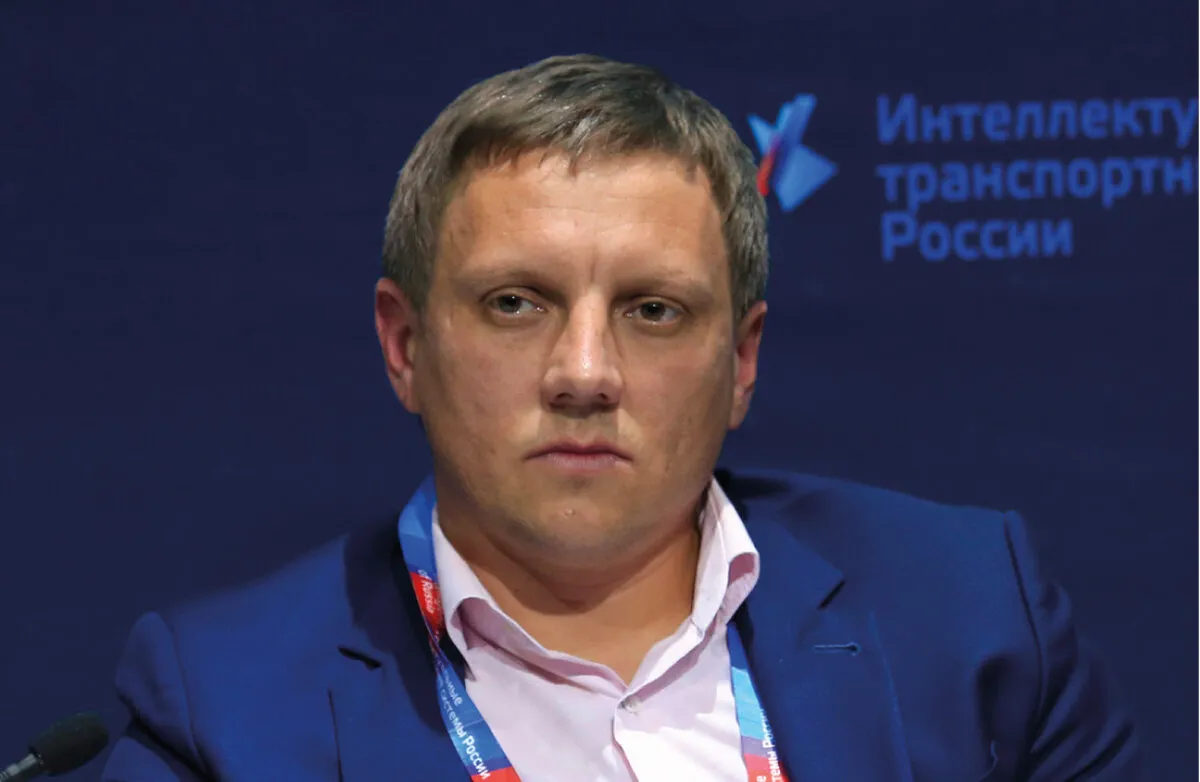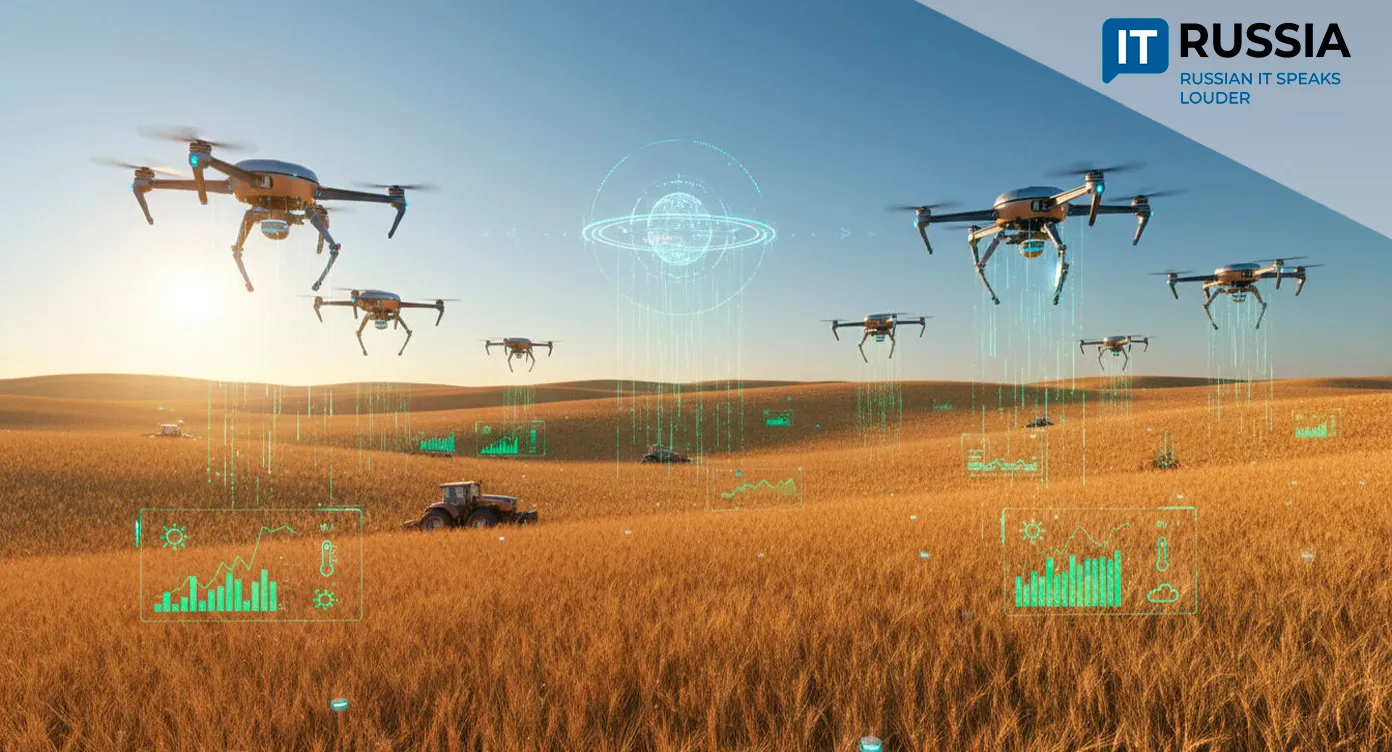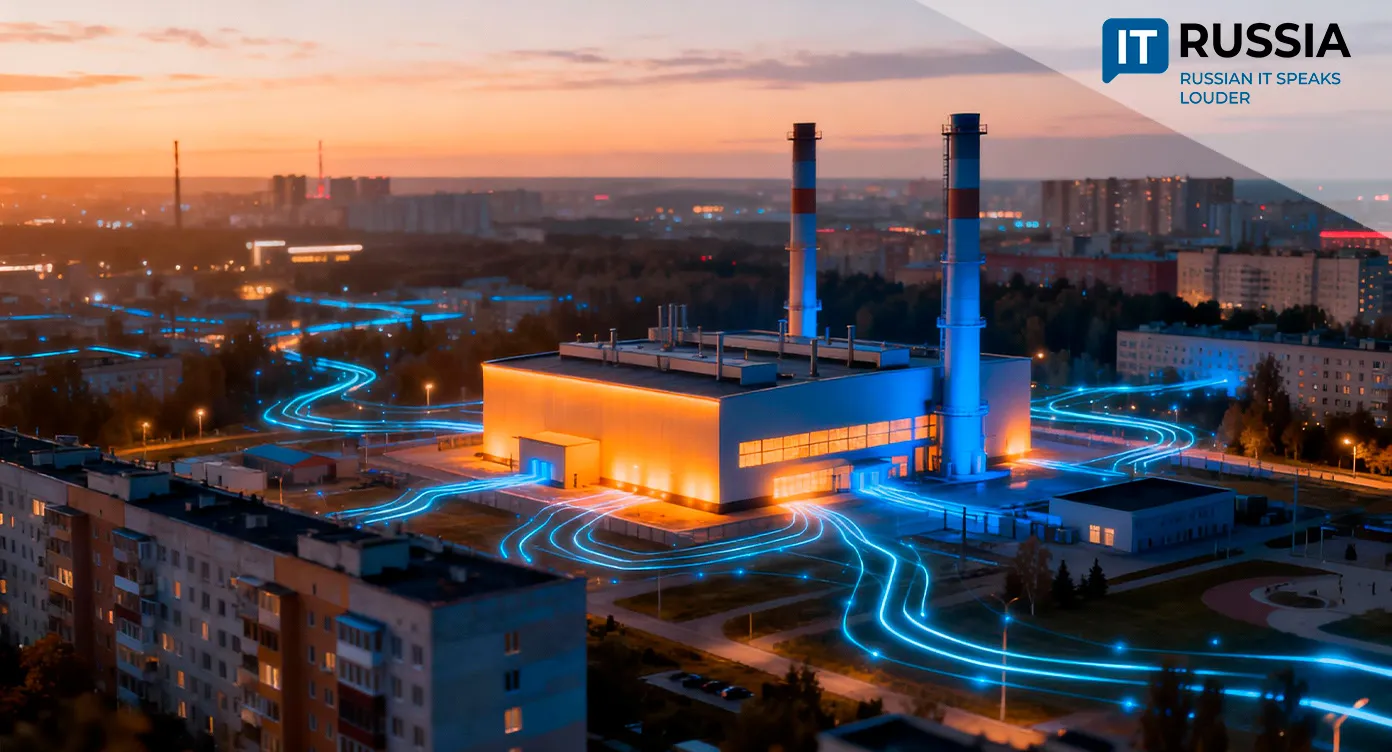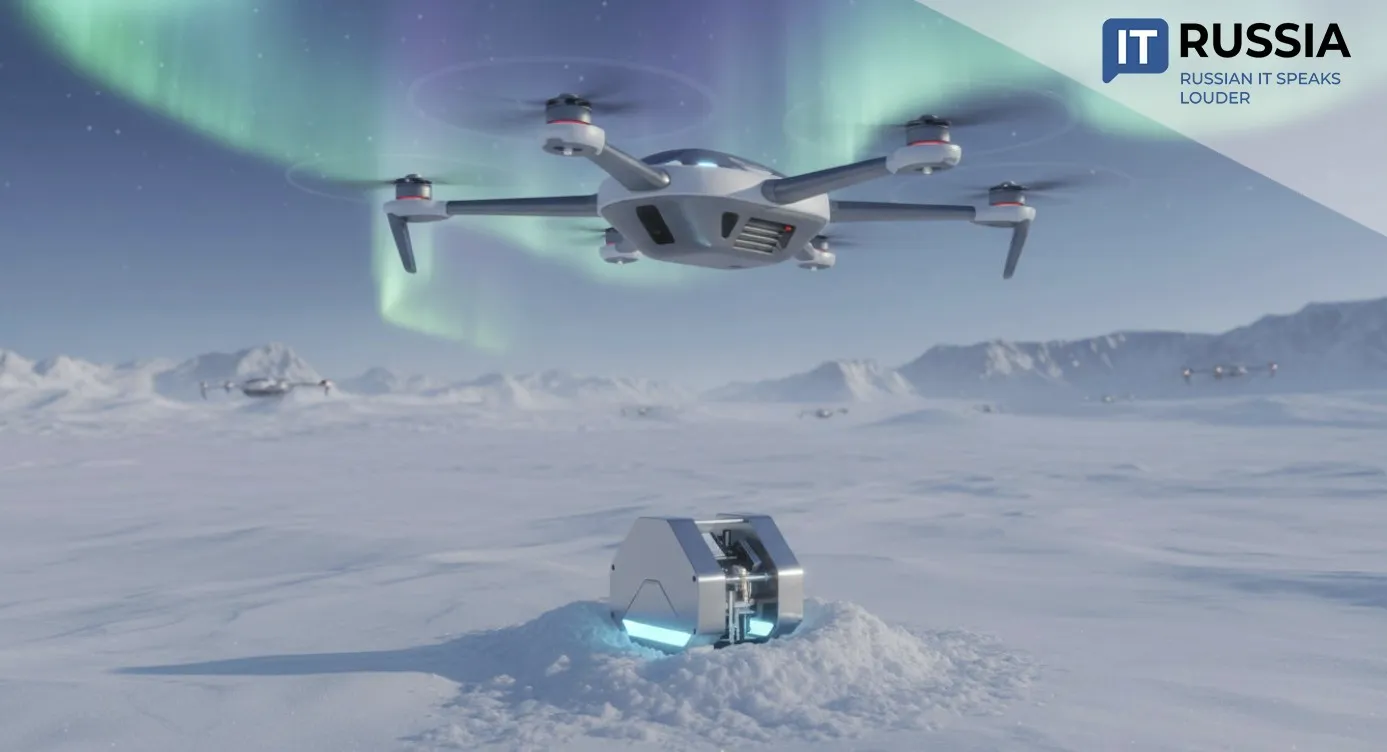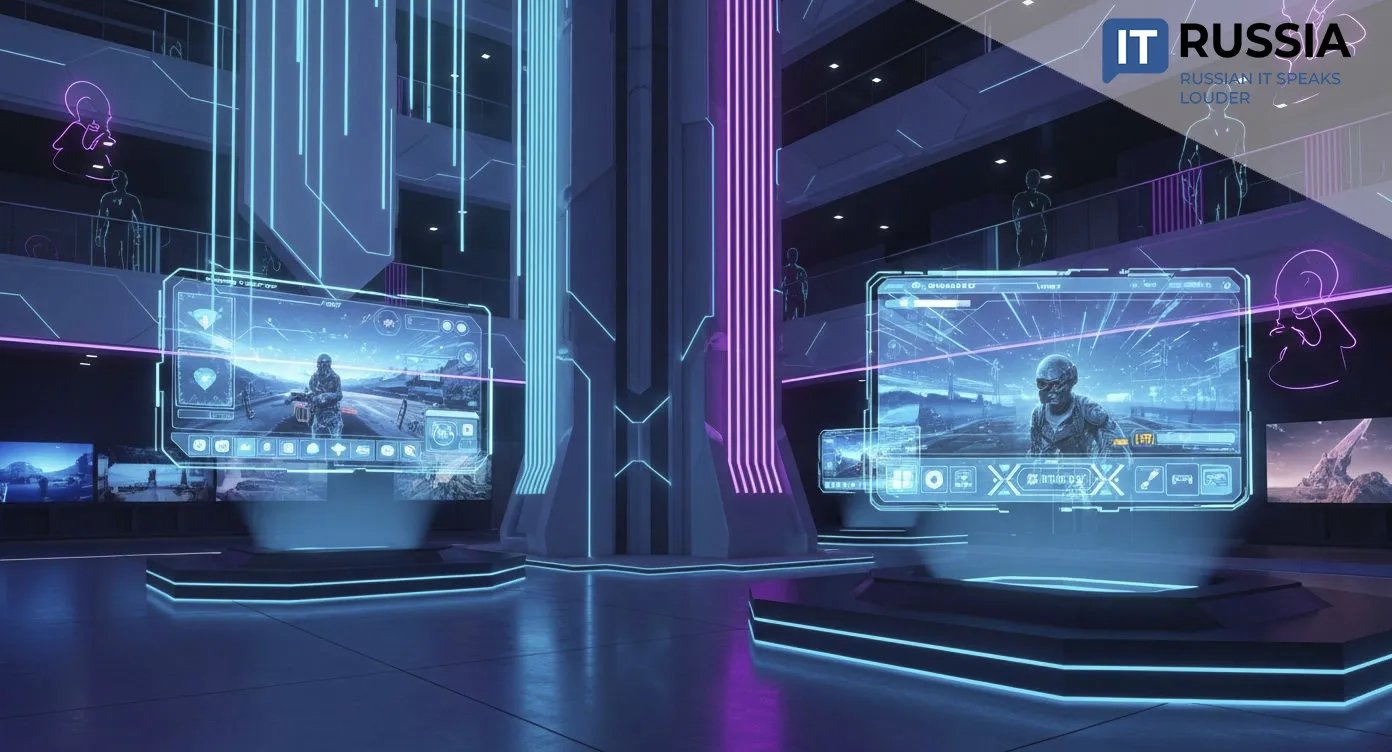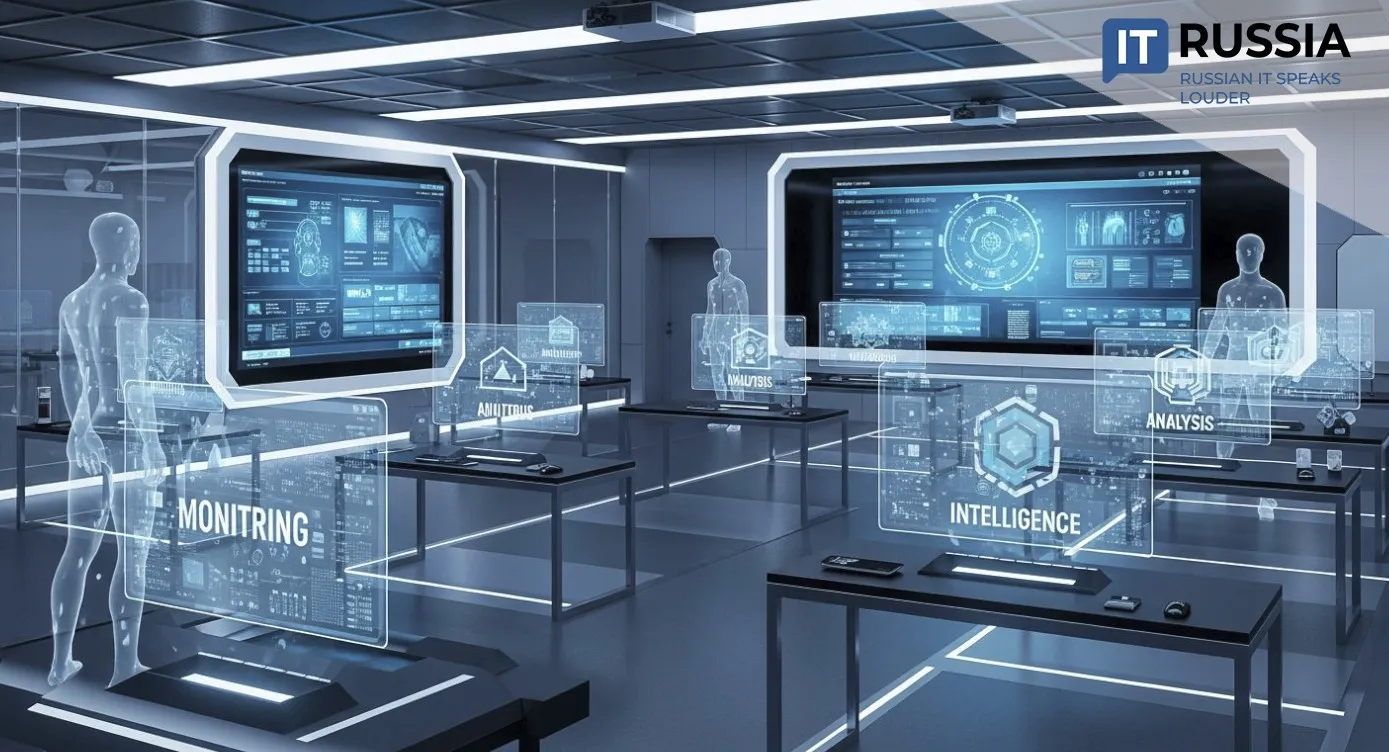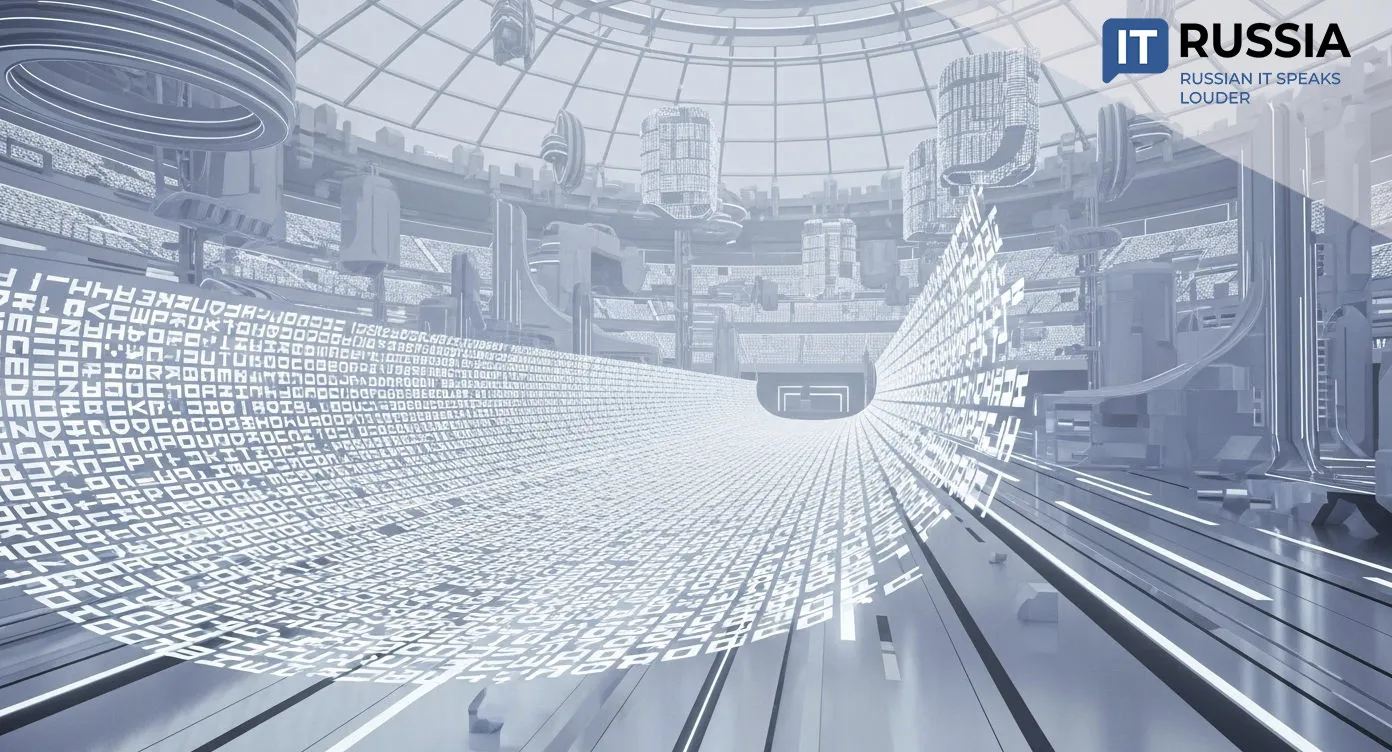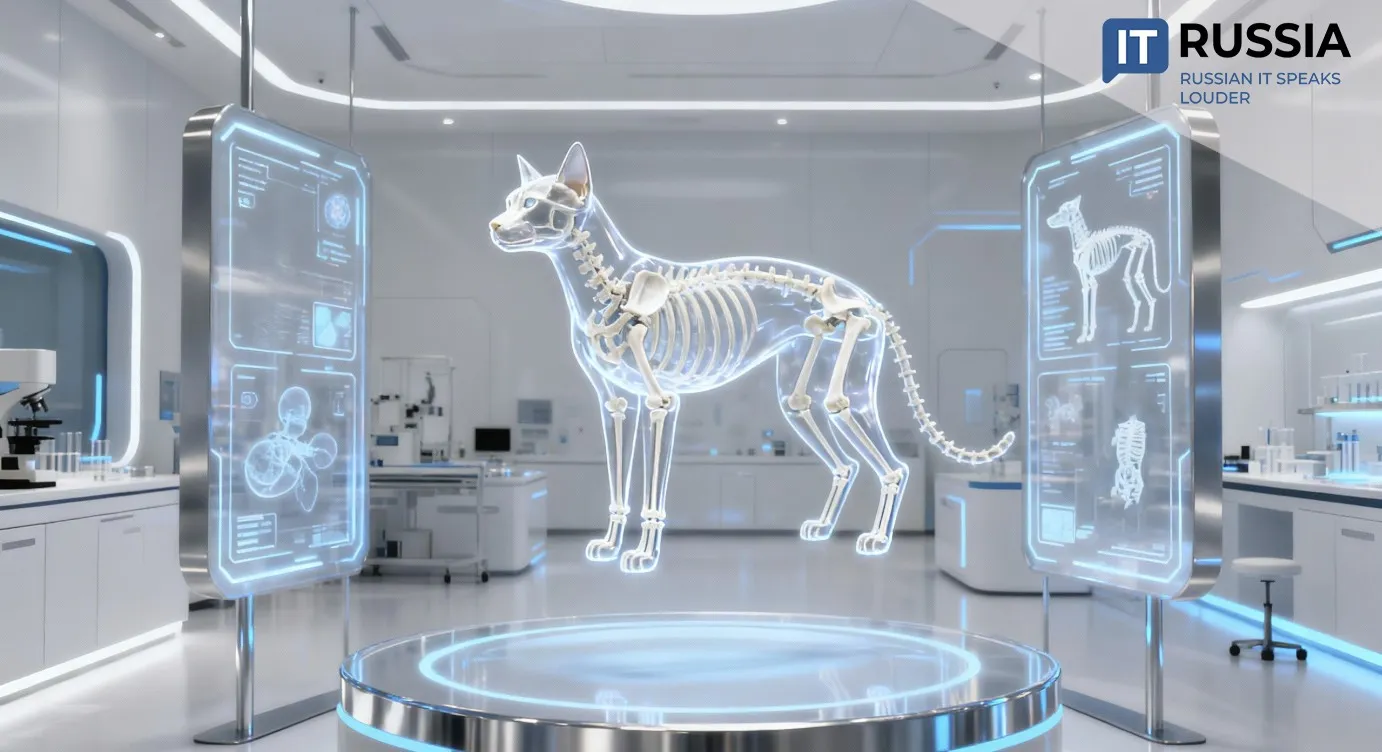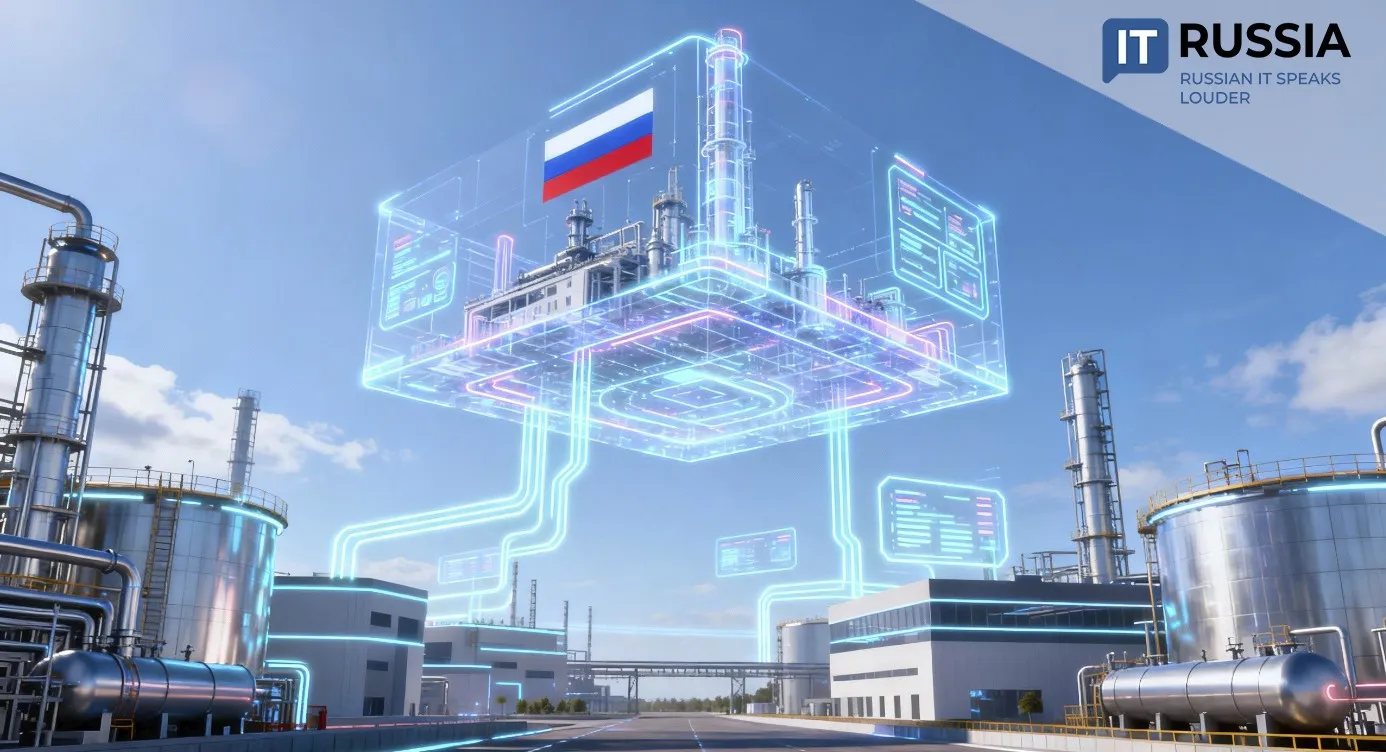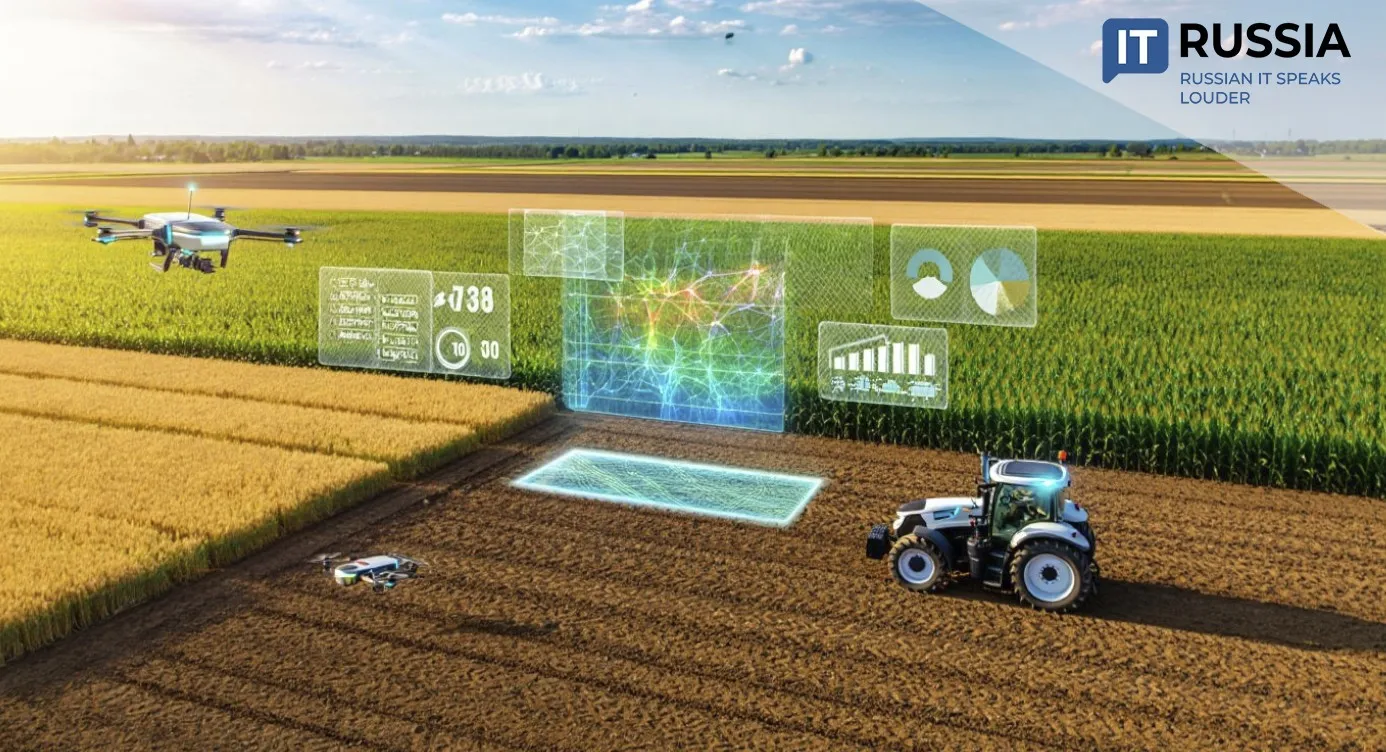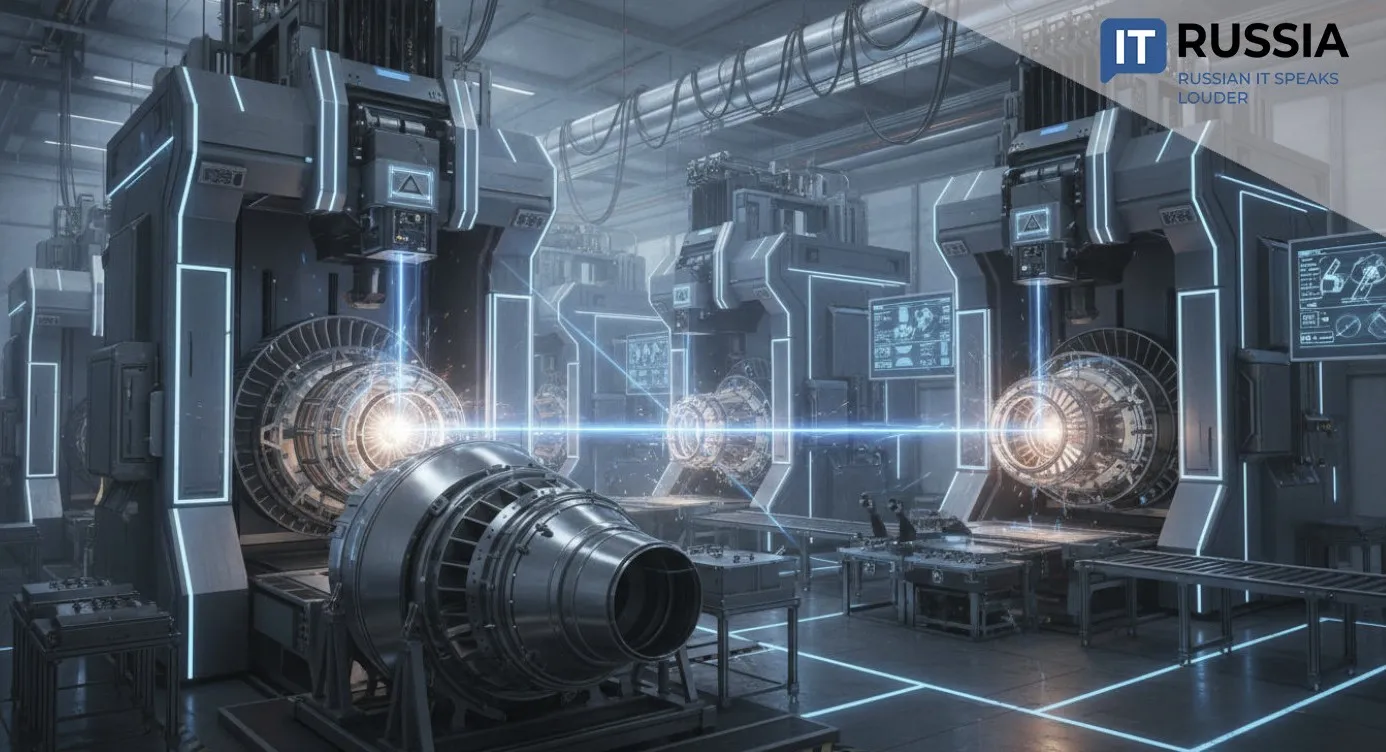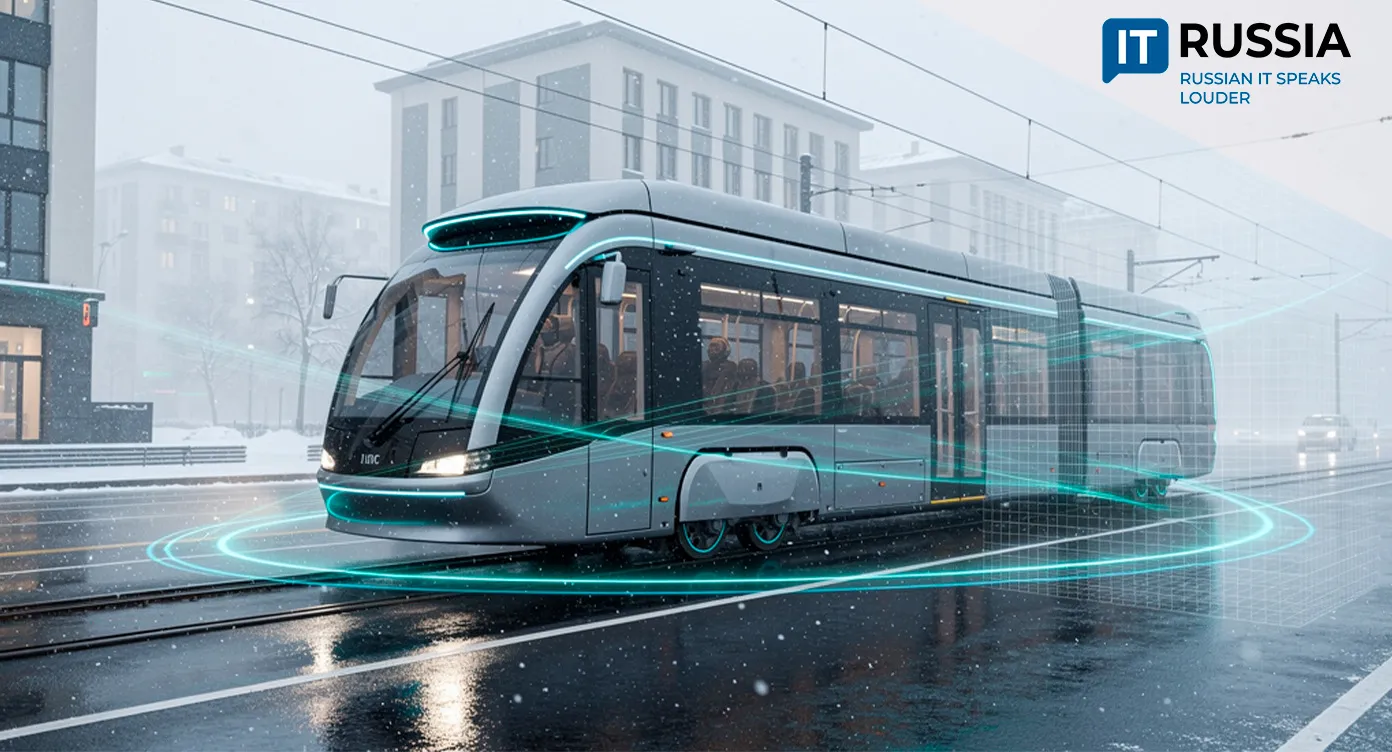Nizhny Novgorod Bridges Become Digital Fortresses: AI Secures Russia’s Smart Infrastructure
For the first time in Russia, an entire network of bridges has been equipped with a unified intelligent security system powered by artificial intelligence, turning critical transport infrastructure into digital strongholds.

Digital Shield on the Oka River
Rosatom’s division, Infrastructure Solutions (RIR), has completed a large-scale project to equip four bridges across the Oka River in Nizhny Novgorod with an AI-driven security system. The installation includes over 500 high-resolution cameras, transportation security checkpoints, and a centralized control hub featuring video analytics and artificial intelligence modules.
The system integrates multiple subsystems — access control, perimeter protection, public alerting, and video monitoring — into a single intelligent platform. An automated operator workstation enables real-time monitoring and instant alerts on abnormal events, helping staff respond quickly to potential threats.
The project was implemented by Urban Technologies, part of Rosatom’s RIR, one of Russia’s leading developers of smart city and safety solutions. This initiative marks the country’s first comprehensive deployment of AI-based safety systems at critical transport facilities, showcasing domestic advances in computer vision and video analytics.
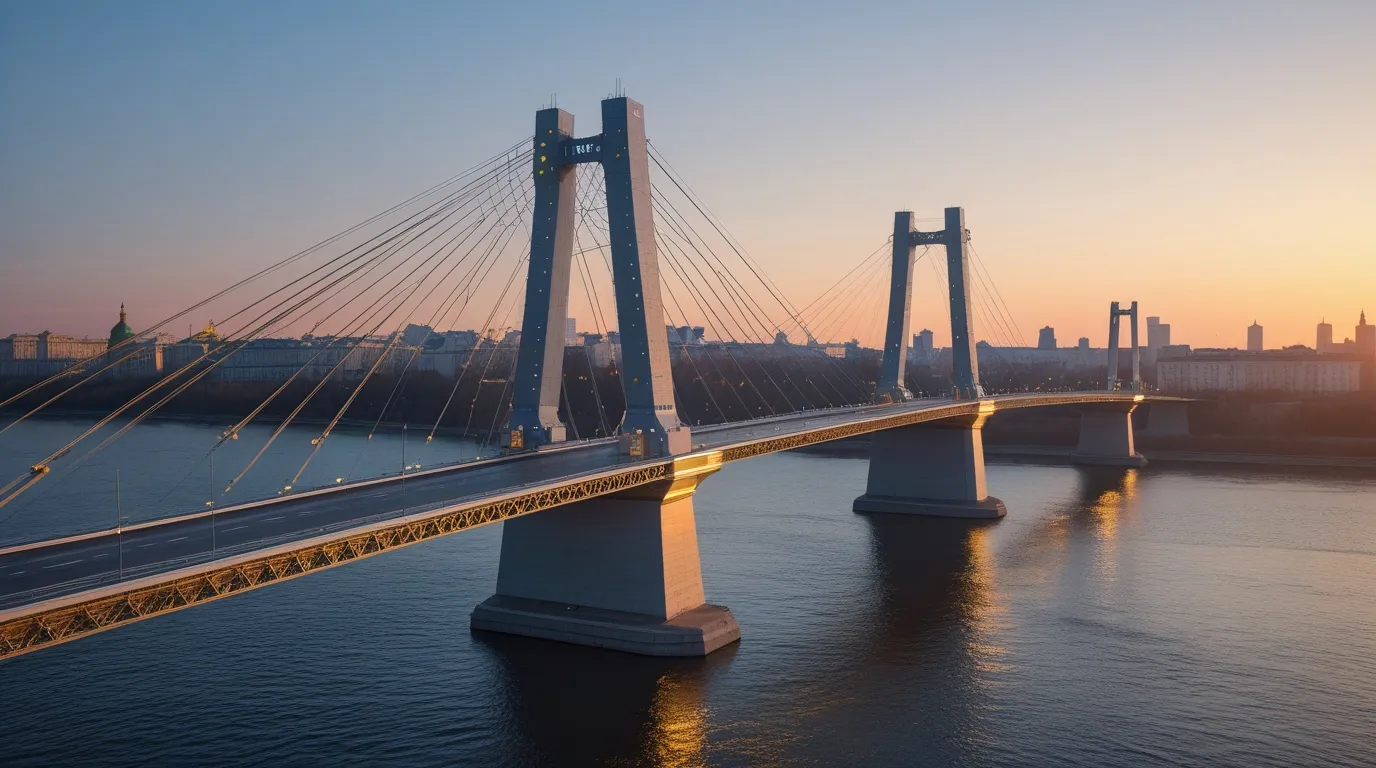
Smart Cities and Integrated Infrastructure
The Nizhny Novgorod project fits seamlessly into Rosatom Infrastructure Solutions’ strategy as a key player in digital urban systems. The company operates the Smart City platform, active in over 100 Russian municipalities, connecting services for urban management, transportation, utilities, and public safety.
Over the past year, more than 15,000 urban service requests were resolved through the platform, with AI reducing response times threefold. RIR’s footprint extends to more than 200 cities across Russia and the CIS, implementing intelligent transport systems, smart heating networks, and advanced security solutions.
In 2022, the company acquired a 75% stake in Urban Technologies Group, which develops over 40 digital products for parking management, video surveillance, weight and size control, and ITS solutions. The Nizhny Novgorod project’s export potential is growing, as demand rises for AI-powered critical infrastructure protection. The system can be deployed in other major transport hubs in Russia and the CIS, offering full compatibility with national digital systems and strict compliance with Russia’s data protection standards.
From Pilots to National Rollout
Russia’s progress in intelligent video surveillance and transport security has accelerated steadily over the past five years. In Moscow, a massive smart transport system now integrates hundreds of thousands of cameras, sensors, and traffic lights into a centralized network. Facial recognition technologies have helped locate more than 26,000 wanted individuals, and over 70% of crimes are now solved with the help of surveillance data.
The Stavropol region has added up to 700 new intelligent cameras as part of its Smart City initiative. Russia’s approach is characterized by centralized system architecture and integration with state information platforms — a contrast to Western markets, where fragmented, vendor-driven deployments are more common.
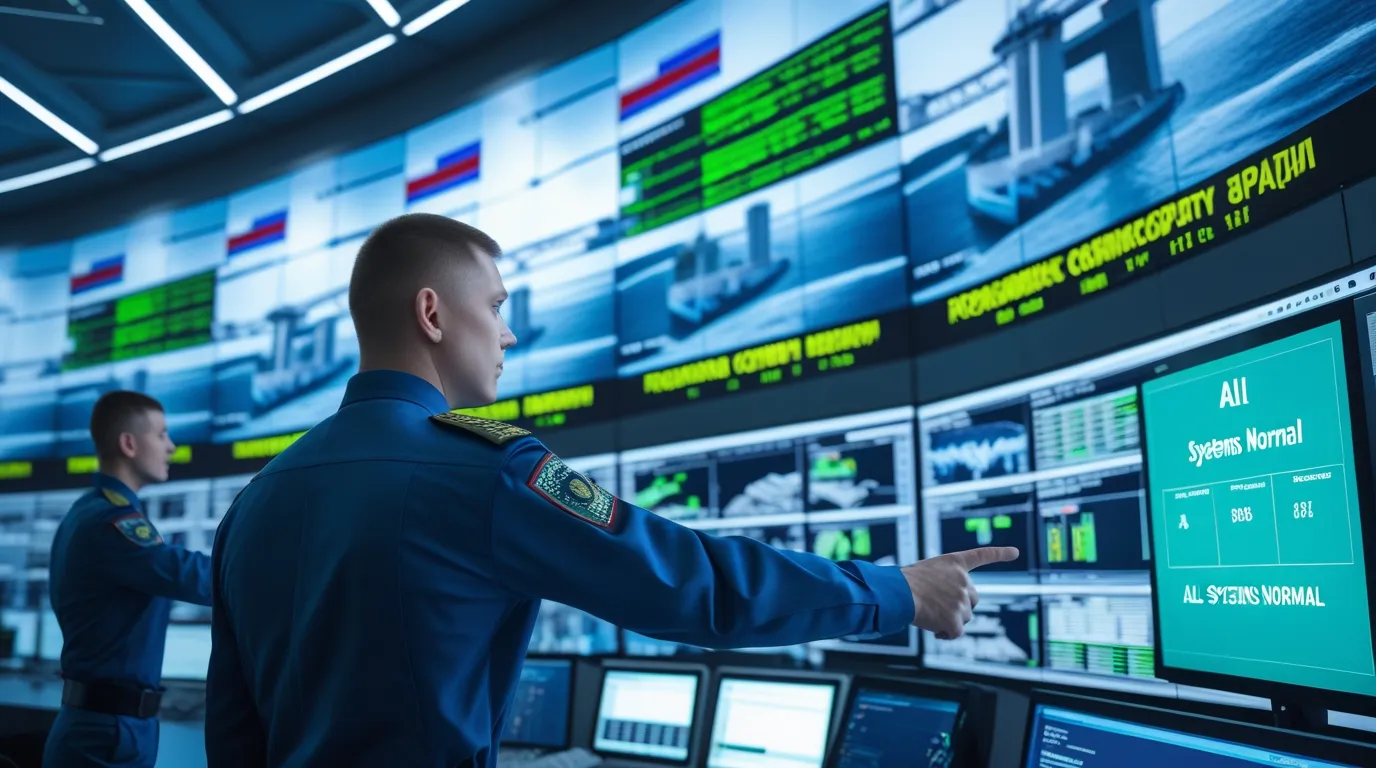
Today, Russia operates more than one million surveillance cameras, with government plans to expand that number to five million by 2030.
The Digital Future of Urban Safety
The Nizhny Novgorod experiment marks the beginning of a new era in securing critical infrastructure. By 2027, similar AI-driven systems are expected to scale to other bridges, tunnels, and transport hubs across major cities.
Improved algorithms will enhance predictive capabilities — evolving from incident detection to behavioral forecasting and direct integration with emergency response services. By 2030, Rosatom Infrastructure Solutions aims to establish a nationwide intelligent transport safety network, linked to its broader Smart City ecosystem, with connections to traffic control, environmental monitoring, and structural health diagnostics.

In the long term, Russia’s leadership in infrastructure safety technologies could strengthen its position as an exporter of smart security systems, offering an alternative to Western solutions. For citizens, these advancements mean safer travel and more reliable urban environments. For the technology sector, they signal growing competitiveness on the global smart city stage.


